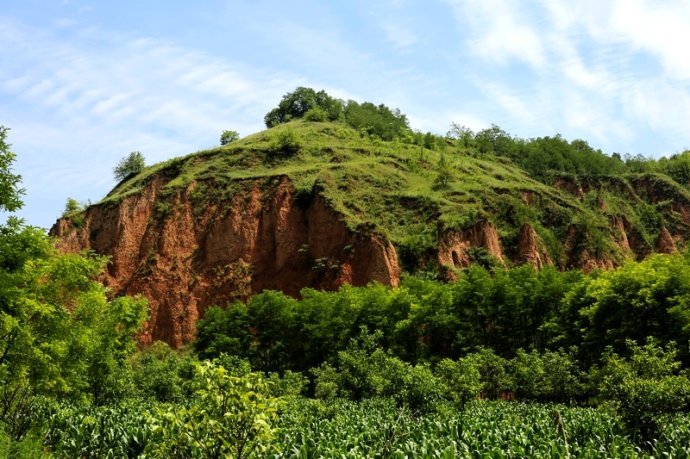Then come Lyell's epochs—the Pleistocene, Miocene, and so on—which apply only to the most recent (but paleontologically busy) sixty-five million years, and finally we have a mass of finer subdivisions known as stages or ages. Most of these are named, nearly always awkwardly, after places: Illinoian, Desmoinesian, Croixian, Kimmeridgian, and so on in like vein. Altogether, according to John McPhee, these number in the "tens of dozens." Fortunately, unless you take up geology as a career, you are unlikely ever to hear any of them again.
接著就是萊爾所謂的“世”——更新世、中新世等——這些名稱僅僅用來指最近的(但又是古生物學研究很活躍的)6500萬年;最后,便是一大堆更細的分類,名叫“期”或“代”。其中大多數以地名命名,讀起來幾乎總是很拗口:伊利諾期、得梅因期、克羅伊期、金默里奇期等等,都具有同一特色。據約翰·麥克菲說,這類名稱總共多達"幾百個"。幸運的是,除非把地質學作為你的專業,你從此以后再也不大可能聽到這些名稱了。

Further confusing the matter is that the stages or ages in North America have different names from the stages in Europe and often only roughly intersect in time. Thus the North American Cincinnatian stage mostly corresponds with the Ashgillian stage in Europe, plus a tiny bit of the slightly earlier Caradocian stage.
更加混亂的是,北美的“期”或“代”跟歐洲的說法不一,在時間上往往只是大體交叉。因此,北美的辛辛那提期在很大程度上相當于歐洲的阿什吉利期,再加上一點兒稍早的喀拉多克期。
Also, all this changes from textbook to textbook and from person to person, so that some authorities describe seven recent epochs, while others are content with four. In some books, too, you will find the tertiary and quaternary taken out and replaced by periods of different lengths called the Palaeogene and Neogene. Others divide the Precambrian into two eras, the very ancient Archean and the more recent Proterozoic. Sometimes too you will see the term Phanerozoic used to describe the span encompassing the Cenozoic, Mesozoic, and Paleozoic eras.
而且,這一切,不同的教科書、不同的人都有不同的叫法,因此有的權威提出7個代,而有的權威滿足于4個代。在有的書里,你還會發現不用第三紀和第四紀,而是用不同長度的系來取而代之,稱做下第三系和上第三系。有的人還把前寒武紀分成兩個代,即非常古老的太古代和較近的元古代。有時候,你還可看到"顯生宙"這個詞,用來涵蓋新生代、中生代和古生代。











